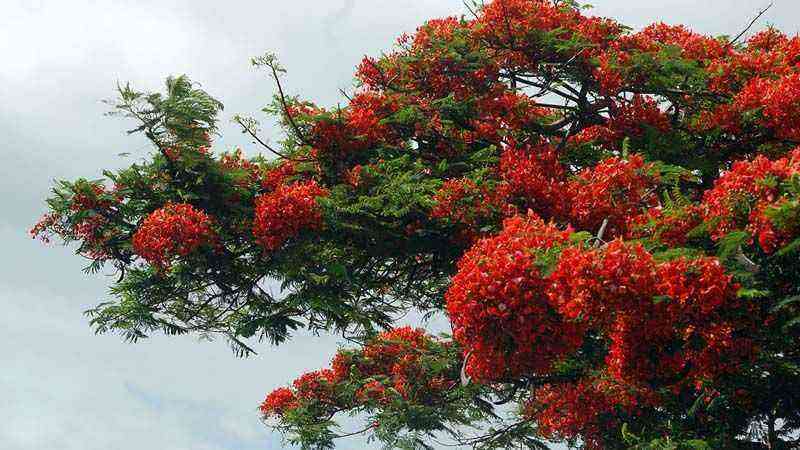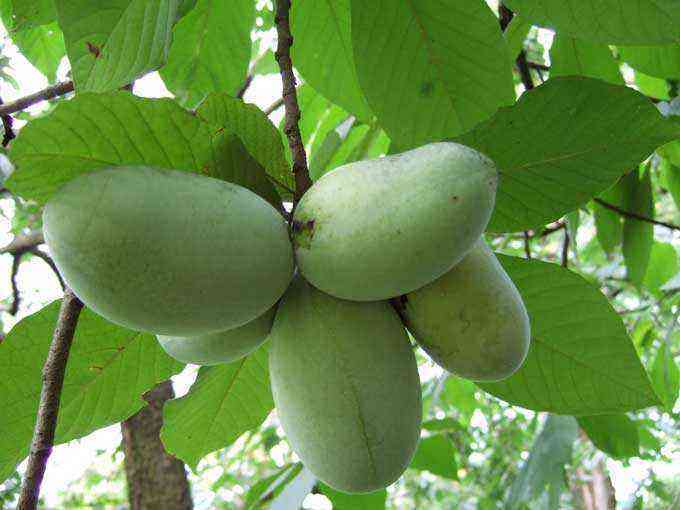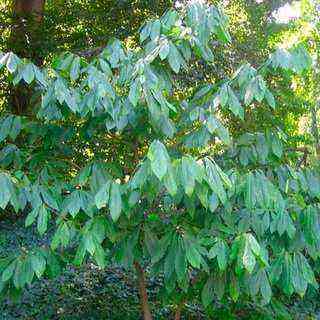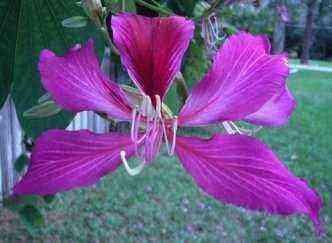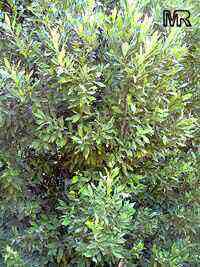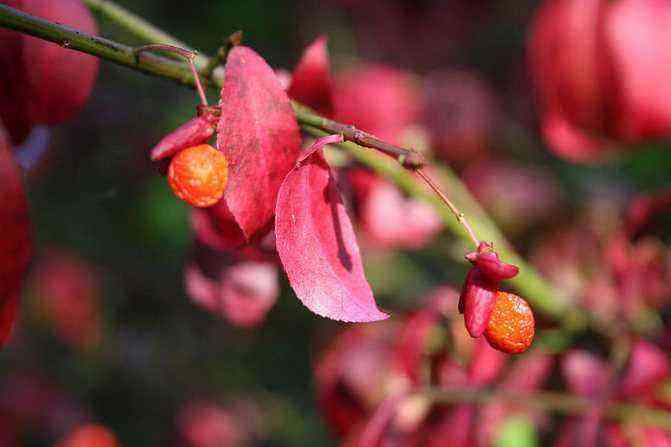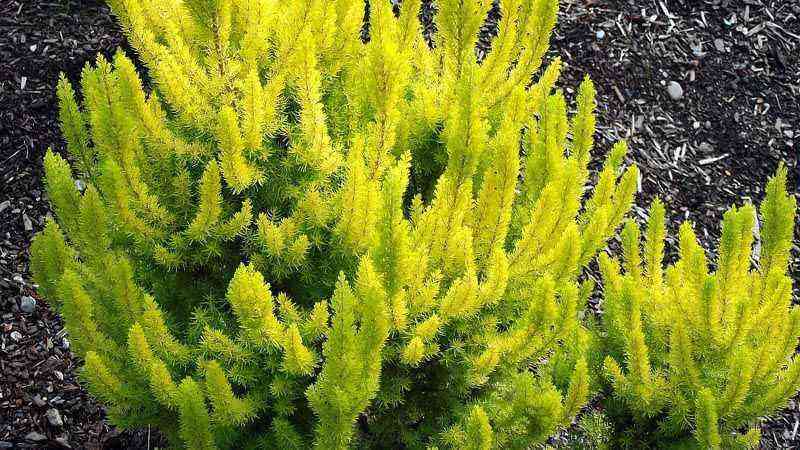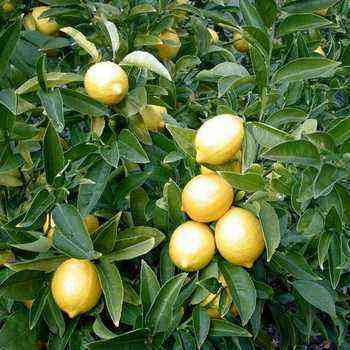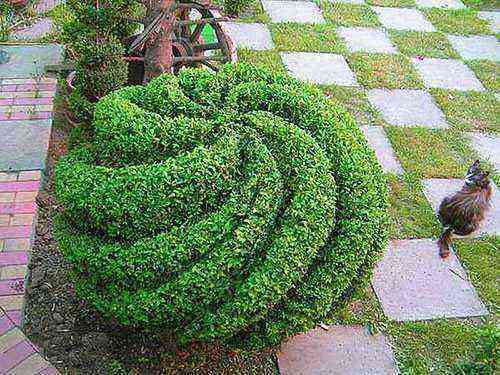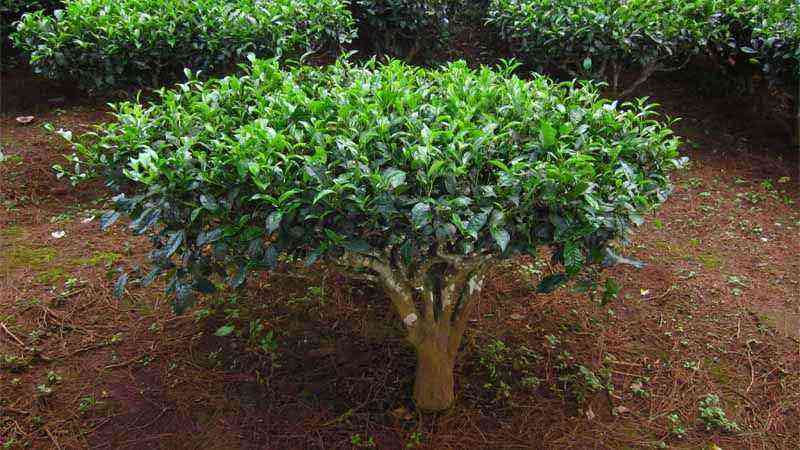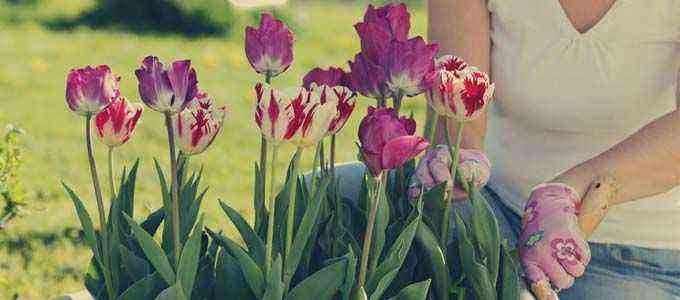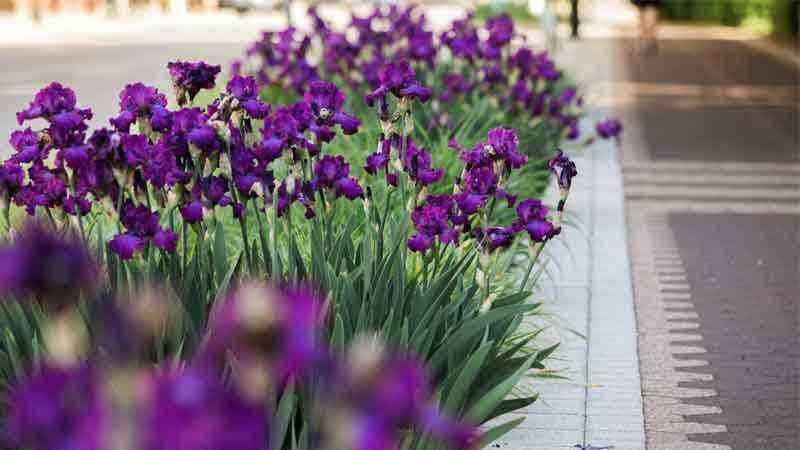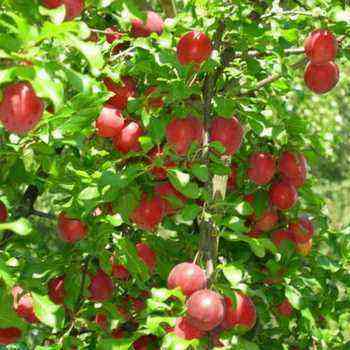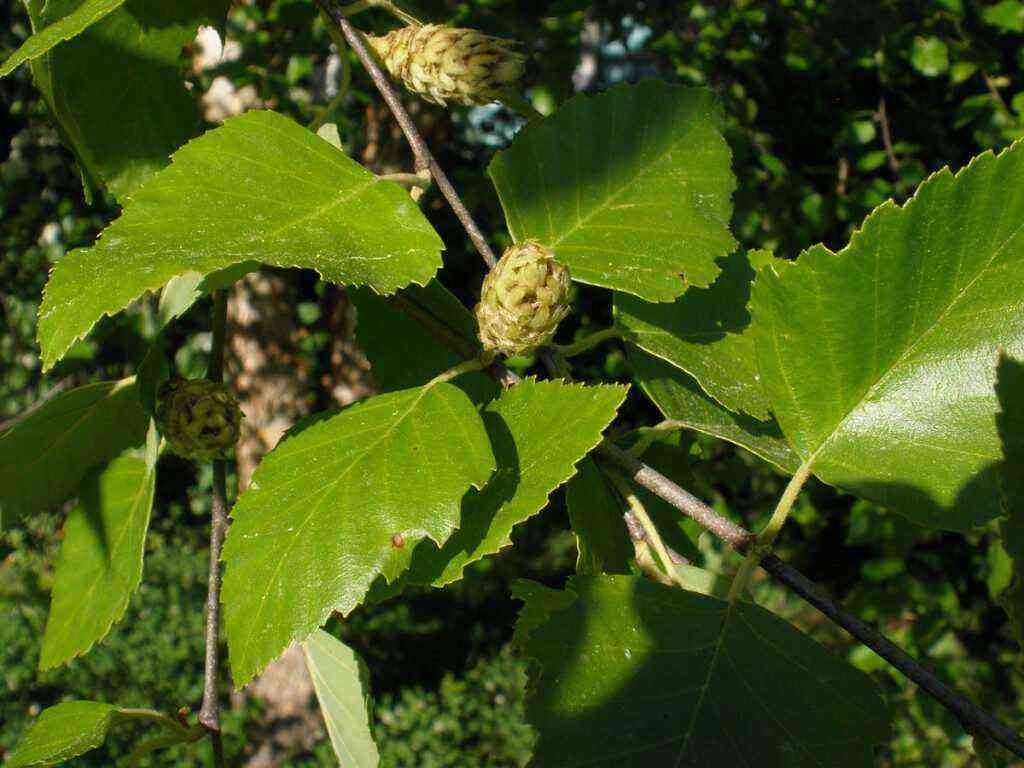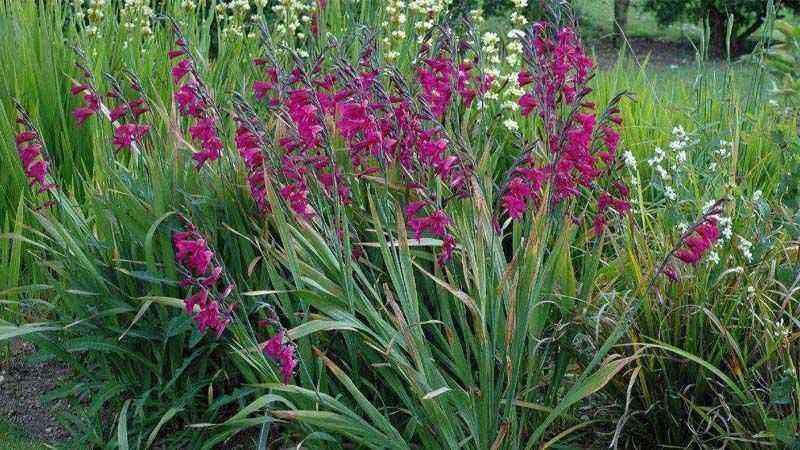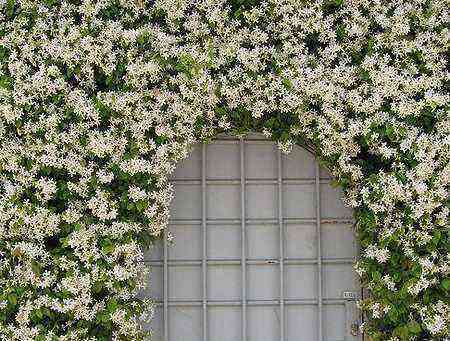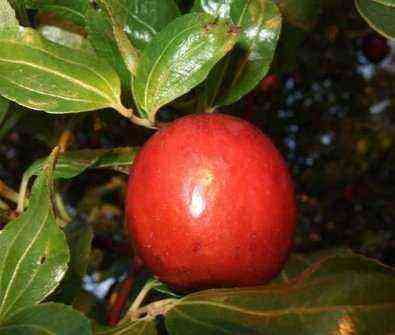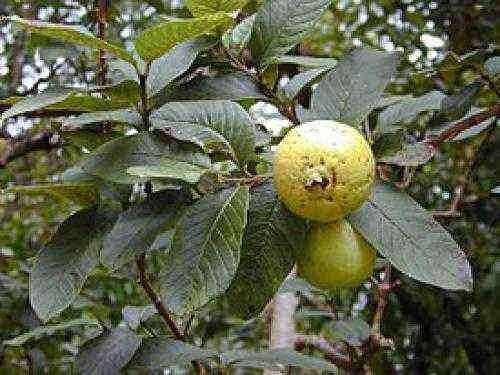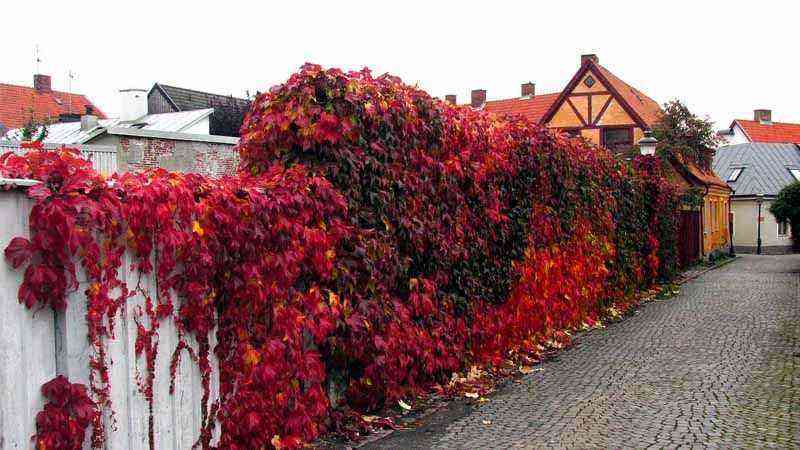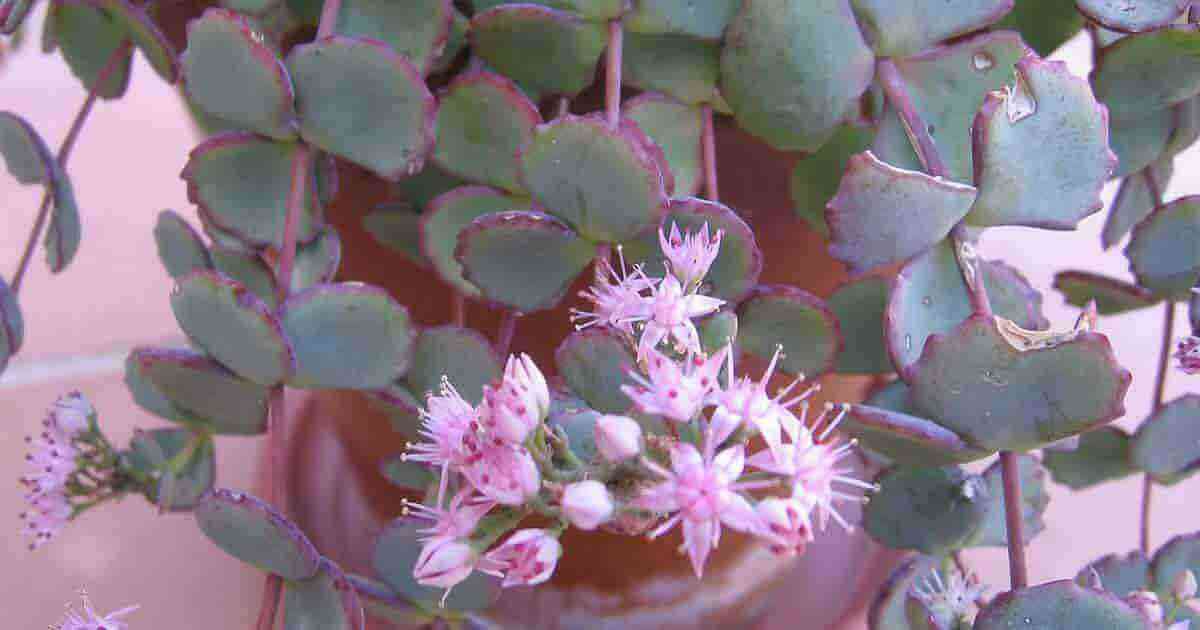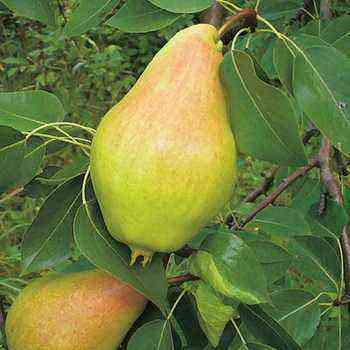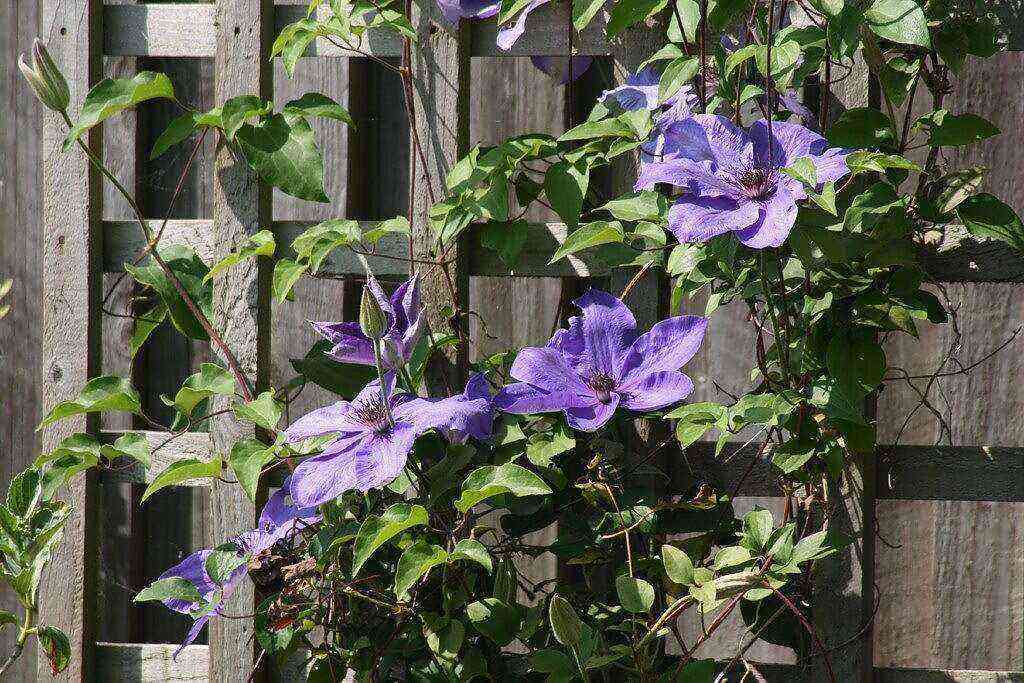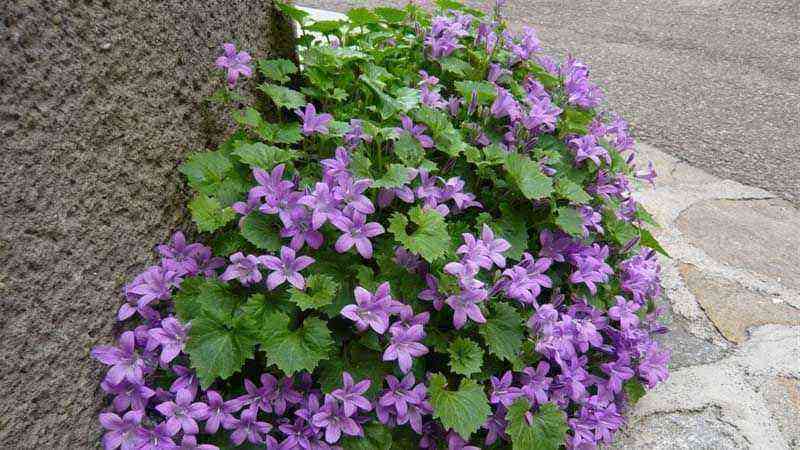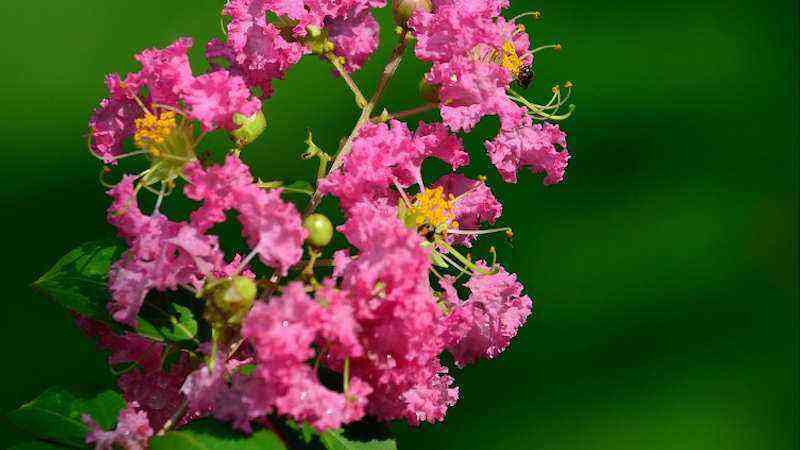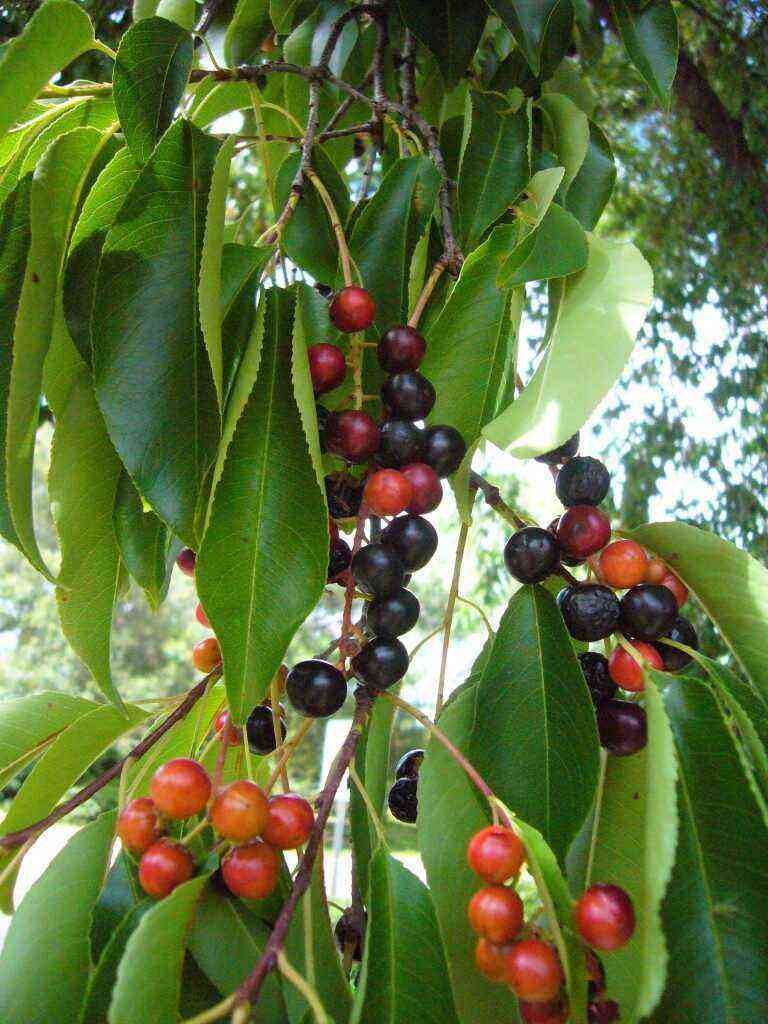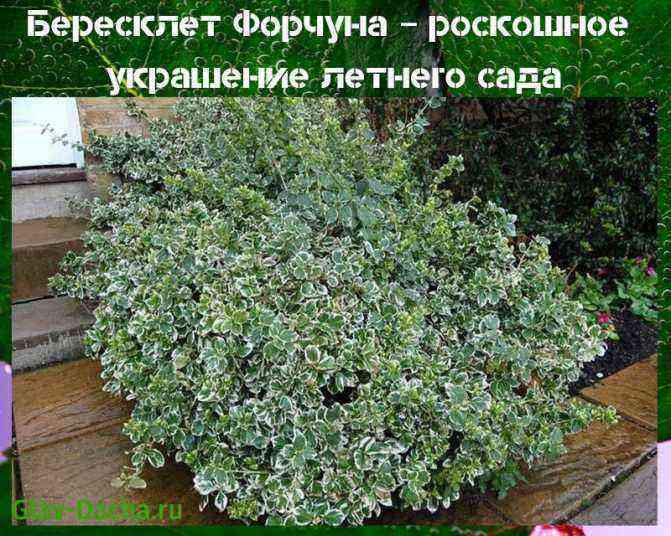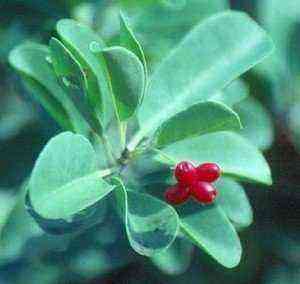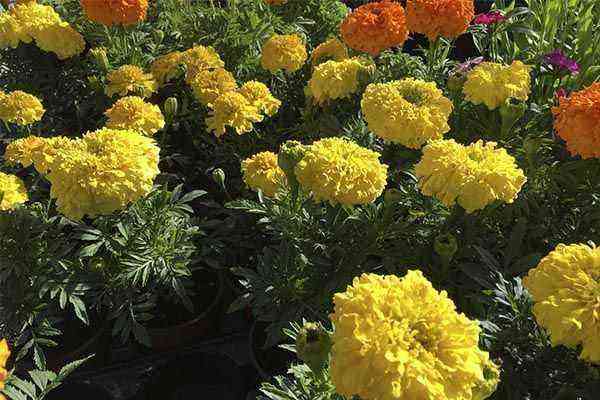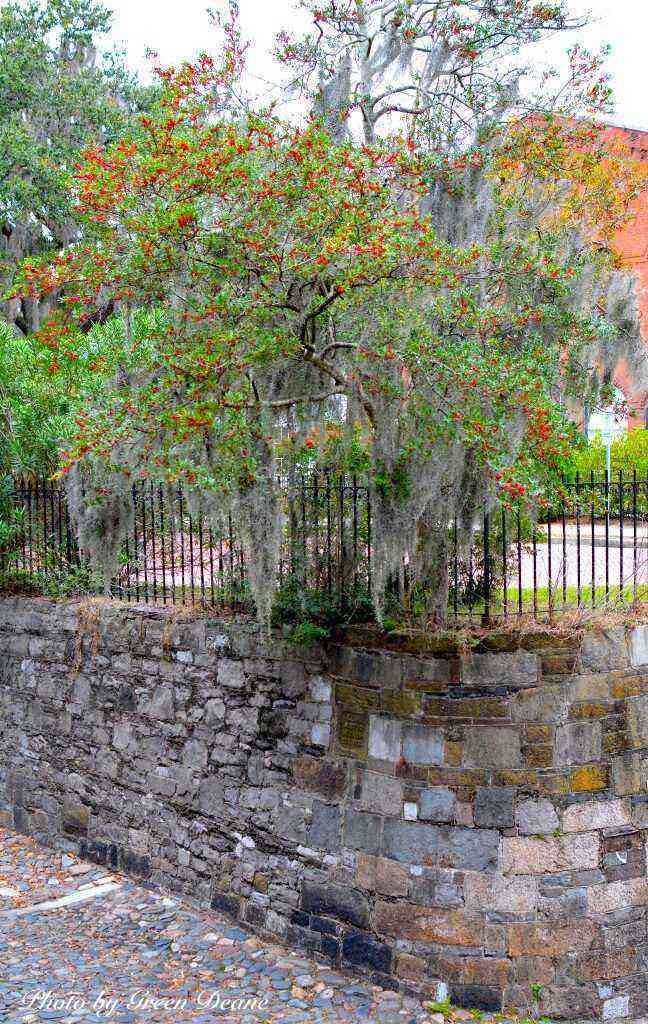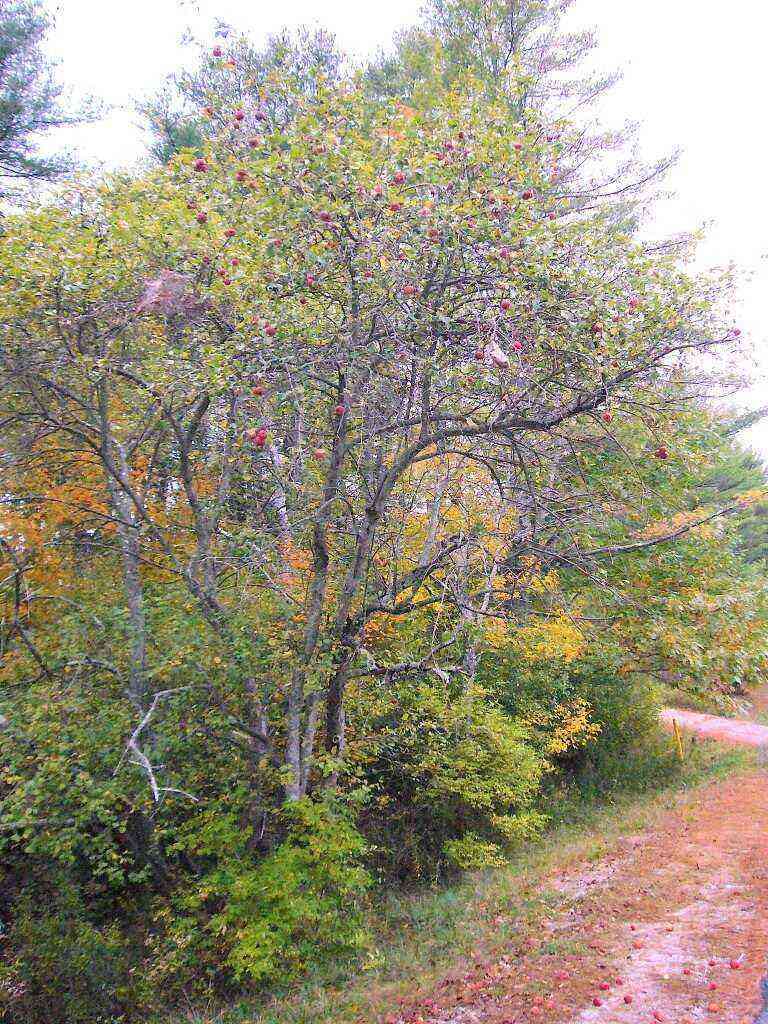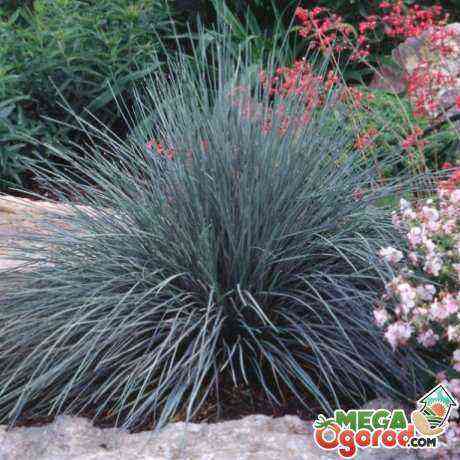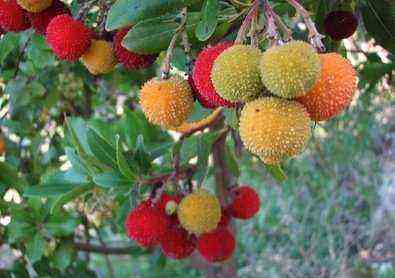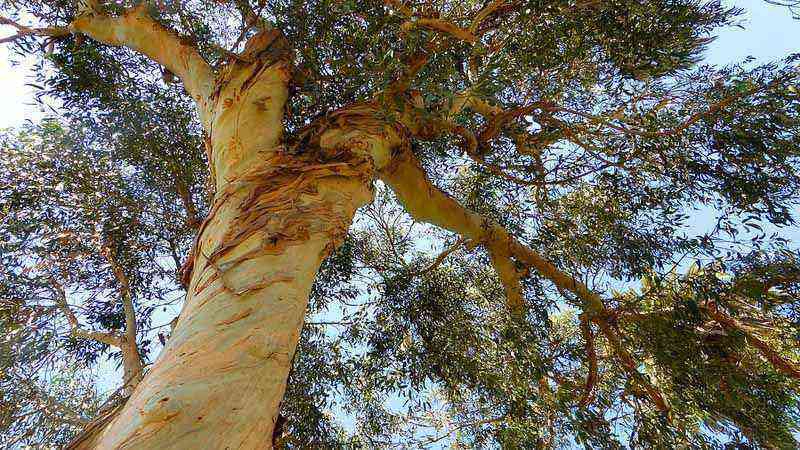Jasmine is often confused with chubushnik due to its external resemblance and similar aroma. Both plants belong to ornamental shrubs designed to decorate gardens and summer cottages. Some species can be grown at home. Sometimes gardeners need to propagate jasmine, for example, for the construction of a hedge. This procedure involves several methods. One of the simplest is jasmine cuttings in the summer.
Description and features of the plant
Jasmine belongs to the Olive family and differs markedly from other members of its genus. It grows as an erect or climbing shrub with slender shoots on which are simple, dark green, trifoliate leaves.
During flowering, corymbose inflorescences are formed on the crown of the stems, collected from single flowers with a pronounced sweet aroma. Inedible berries are subsequently formed inside the long corollas. The color of the petals can be white, pink and yellow, depending on the variety.
Jasmin
On a note! The flowers of the plant are often added to green tea as an aromatic component, and its essential oil is used to make perfumery.
Jasmine does not require any kind of painstaking care, so summer residents willingly use it to decorate their site. Today, there are more than 300 species of this shrub in culture. The most popular varieties include:
- multi-flowered;
- drug;
- jasmine Lerata;
- shrub;
- flattened;
- Chinese;
- sambak.
Most of the species of this thermophilic culture grows in South America, Africa, Australia, Asia, and the Mediterranean. In Russia and other European countries, only 2 varieties of the plant are grown – shrub jasmine with yellow flowers and white medicinal jasmine.
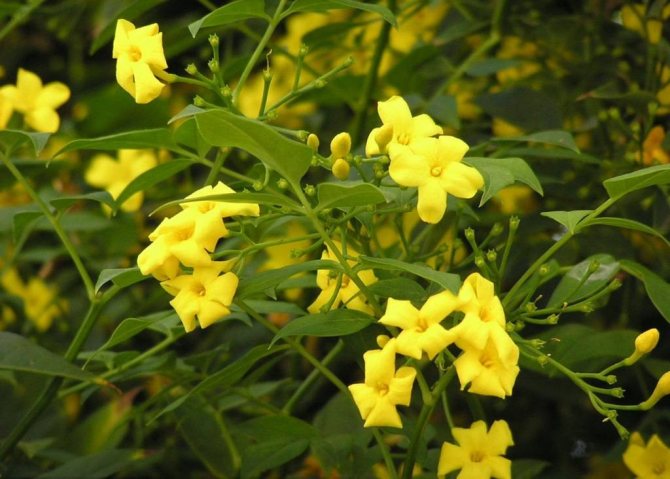
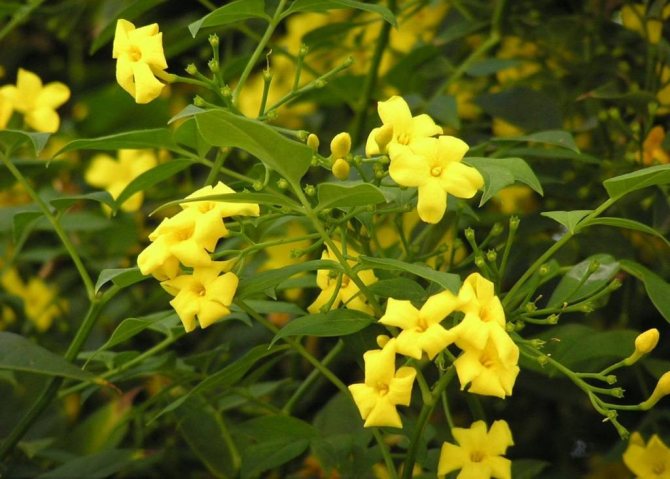
Shrub jasmine with yellow flowers
Methods of reproduction
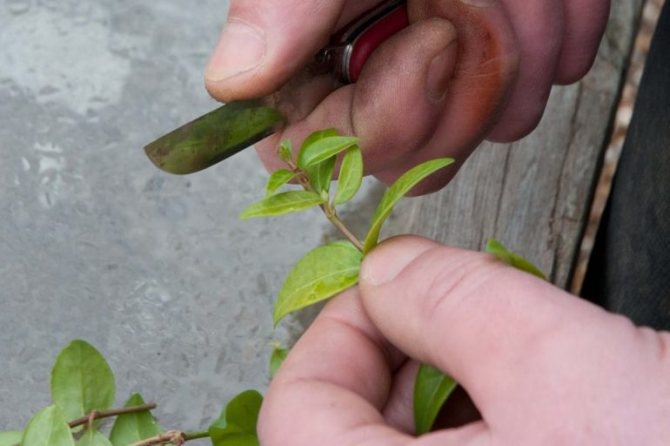

The choice of a particular method of propagation of jasmine will primarily depend on whether a mother shrub of this plant is available. Excellent results are shown by the use of layering, such a procedure is the least laborious, and the plants take root well and soon start growing. If there is no mother shrub on the site, but it is possible to break off a branch of this plant, then it is best to use the propagation method for propagation.
Jasmine reproduces in the following main ways:
- sowing seeds;
- jasmine propagation by cuttings;
- rooting of layers;
- division of a massive rhizome.
Using seeds for propagation of jasmine, it should be remembered that today various decorative hybrids of this plant are widespread, which often do not retain their parental properties. Therefore, experienced gardeners recommend, if possible, using cuttings with cuttings or purchasing grown plants of cold-resistant varieties in nurseries.
How to propagate jasmine by cuttings
How to propagate hydrangea by cuttings in summer
Cutting is a simple and convenient way to reproduce not only jasmine, but also jasmine mock-orange. New plants are formed from cuttings much faster than from seeds. Many shoots can be cut off from one bush at once for cultivation. In the spring, ripe jasmine cuttings are rooted. How to propagate jasmine by cuttings in summer? For this, green shoots are used.
Selection of planting material
A description of how jasmine multiplies should begin with recommendations for the choice of planting material. How to cut jasmine so that it will surely take root? Branches should be taken from large overgrown bushes. When selecting cuttings, attention is paid to the following criteria:
- shoots not older than one year are used;
- branches should be large, with developed leaves;
- it is not recommended to use shoots with long internodes, since it will not be possible to get strong developed specimens from it.


Jasmine cuttings
The success of their rooting and further development largely depends on the quality of the cuttings. Of course, the bush must be absolutely healthy, without signs of disease and damage from pests.
How to propagate green cuttings in water
Young sprigs of jasmine can be placed in water for rooting. For everything to go well, you need to follow a few rules. The water should be at room temperature, boiled or settled. As it evaporates, it is topped up to the previous level.
At the bottom of the glass, you can throw an activated carbon tablet, this will prevent pathogenic microorganisms from multiplying. For the cutting, you need to install a supporting support so that the lower end of the stem does not touch the walls and bottom.
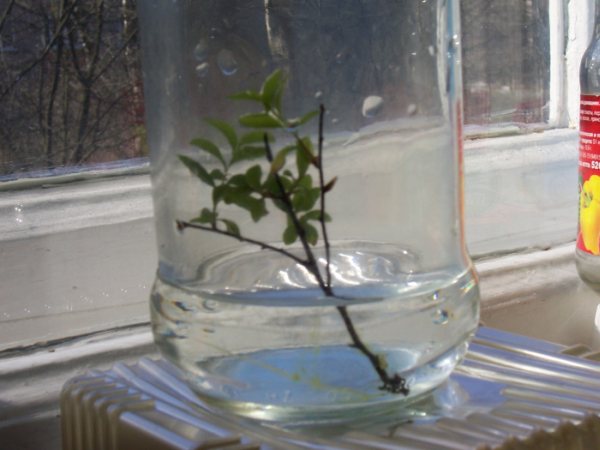

Young sprigs of jasmine can be placed in water for rooting
Periodically, a branch set for rooting is taken out of the water and examined. If the cut is rotten, you need to cut the cutting from the bottom again to healthy tissue. The roots should appear in 1-2 weeks. When their length is 2 cm, the cutting can be planted in the ground.
How to prepare a cutting
Cuttings are cut only with a sharp instrument. Each branch should have 2 internodes and 3 pairs of leaves. Better than others, cuttings “with a heel” are rooted, which are cut off near the base of the shoot extending from a mature branch. The lower leaves are cut off completely.
On a note! The remaining leaf plates are shortened by 1/3. The upper cut should be at right angles, 1 cm above the upper kidney. From below, the cutting is cut under the very last bud, observing an angle of 45 °. Cuttings “with a heel” are cut only from above.
How to root jasmine in soil
How to dilute jasmine from a twig to get a strong young bush? To root jasmine cuttings in the ground, use small clay pots or plastic cups, where the shoots are planted one at a time. You can root jasmine in a mixture of river sand and peat. The main thing is that the substrate is loose and permeable, without moisture stagnation.
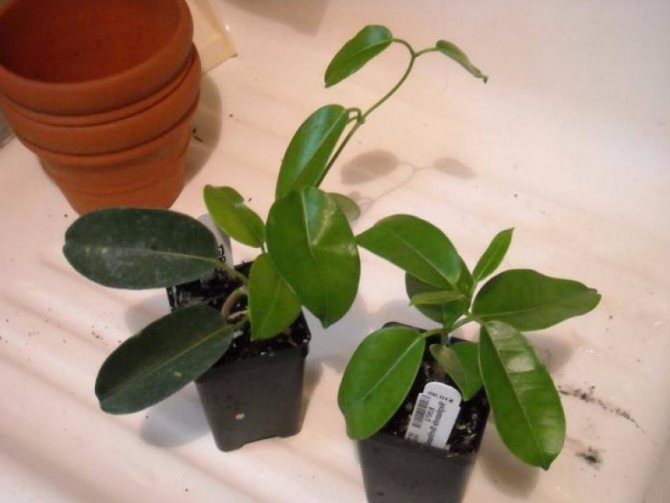

How to root jasmine in soil
On a note! It is preliminarily recommended to calcine the soil mixture in the oven to disinfect it. The container must also be disinfected before planting by rinsing with a solution of potassium permanganate.
Drainage from expanded clay is laid at the bottom, and then the substrate is poured and moistened. A hole is made in the ground with a thin pencil and a stalk is placed in it, deepening to the first pair of remaining leaves. After planting, the container is covered with a glass jar.
Description of the rooting process
Rooting of cuttings occurs at temperatures above 22 ° C. The planting container should be placed in a well-lit place without direct sunlight. The substrate must be moistened in a timely manner, for this it is convenient to use a sprayer, and spray the cuttings themselves. Every 2-3 days, the jars are removed from the cuttings for airing for 20-30 minutes. It takes more than a month for plants to form roots.
On a note! It is possible to determine that the cuttings are rooted by the appearance of new shoots and roots coming out of the drainage hole.
Then you can act in different ways. Some plant jasmine in a pot and grow it at home for 2-3 years. Other gardeners immediately transfer young specimens to the garden.

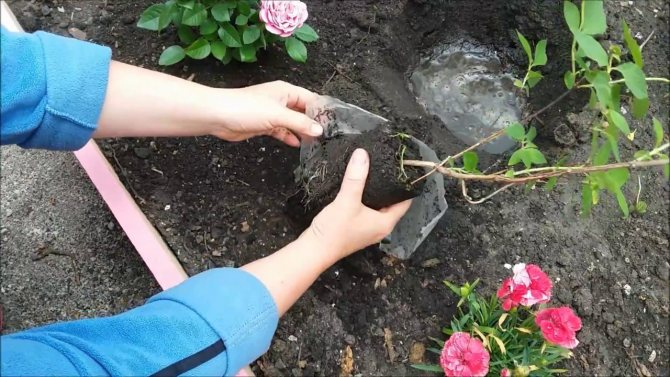
Planting jasmine in the garden
Post-transplant care basics
Young plants after transplanting need careful care. It is important not only for indoor plants. In the open field, the cuttings also need to be looked after so that by autumn they will get stronger, build up the root system and prepare for wintering.
How to care for jasmine in the garden
Transplanted rooted jasmine cuttings need regular watering. We must not forget that the root system of the plant has not yet been formed.
It is necessary to provide such a watering regime so that the soil does not dry out, but it is not too wet.
It is recommended weekly to loosen the soil around the trunk of a young plant… This procedure retains moisture well in the soil. And when the seedling grows, you can begin to huddle it. This has a beneficial effect on the development of the entire plant and the strengthening of its roots.
While the jasmine crown is not yet formed, you need to tie the growing cuttings to a support so that they do not lie down and break. And next spring, you can pinch the top of the shoot so that the seedling begins to branch.
Terms of cuttings
How to propagate a juniper by cuttings at home
For spring reproduction, ripe branches cut in the fall are used. For harvesting, there are lignified annual shoots. They are stored in a cool cellar or refrigerator, previously wrapped in plastic. In mid-March, the planting material is taken out, cut into pieces 15-20 cm long, treated with a growth stimulator and placed on rooting.
Jasmine propagation by cuttings in summer is carried out in the second half of June. Green shoots are much more likely to root successfully. Young plants quickly grow roots, start up and become quite strong by the beginning of winter.
Seeds
Jasmine also propagates by seed, but its maternal properties are lost. It is quite difficult to get an adult shrub on your own using this method. Seeds, for the most part, are used in the cultivation of non-varietal jasmines, the species bred by breeders reproduce in the above described ways.
When visiting friends during the flowering chubushnik (garden jasmine), you probably come across interesting varieties that you would like to plant as well. Getting your favorite variety is as easy as shelling pears! Ask the owners for permission to pull the twig off the stalk. You can take semi-lignified cuttings right during flowering or after it. They take root very easily.
The cuttings have short lateral branches with flowers. With a sharp movement, we tear off the twig from the main shoot. A small piece of wood with bark should remain on it – a heel.
The lower part of the collected cuttings is already woody, and the tops are still green. Therefore, cuttings are called semi-lignified.
To root them, you will need: sand, peat, drainage material (for example, expanded clay), a container and a cap or polyethylene for shelter.
At the bottom of the dishes we pour a layer of drainage a, on top – a mixture of peat and sand in equal proportions. It is better to mix them already slightly moist.
Pour clean sand on top with a layer of 2-3 cm, spill it with a fungicide solution.
Cut off the lower leaves and inflorescences on the cuttings.
Soak the cuttings in a stimulant solution (Epin) for 12 hours (optional, but desirable).
Dip the cut of the cutting into the powder of the rooting stimulant.
We plant in a prepared container at an inclination of 30-40 °. The petioles of the lower leaves must not sink into the sand!
We cover with a transparent bag or cap, transfer to a shady place in the garden.
For rooting to be successful, it is advisable to spray the cuttings daily.
Bookmark this site
- Reproduction by seeds
- Reproduction by cuttings
- Reproduction by layering and dividing the bush
During flowering, when a wonderful aroma spreads from the garden along the street, the question of how to propagate jasmine becomes very relevant, because there is no end to those who want to plant the same miracle in their yard. If you find fault, then calling this plant jasmine is not entirely correct. True jasmine is an evergreen plant that delights the inhabitants of South and Southeast Asia, and a deciduous mock-orange grows in the gardens of Russian flower growers, misleading everyone with its sweet aroma. True jasmine is grown in our country at home or in greenhouses.
Jasmine growing in Russian gardens is also called chubushnik, so as not to confuse it with true jasmine.
In total, Russian jasmine, aka mock orange, has about 60 species. This is an unpretentious plant that loves areas open to the sun, but feels good in partial shade. If the lighting is insufficient, then this affects the abundance of flowering. Loves loose soils in which water does not stagnate. The lack of moisture shortens the flowering period, which in good conditions lasts up to 2 months.
Several breeding methods are used, and varietal plants are propagated only by the last two of the methods listed:
- seeds;
- division of the bush;
- cuttings;
- layering;
- from the root growth.
Stimulating rooting
Additional stimulation can be applied to help the cuttings take root faster. On sale for this there are special preparations that improve the process of root formation – Kornevin, Sodium humate, Zircon and others. They are used according to the instructions.
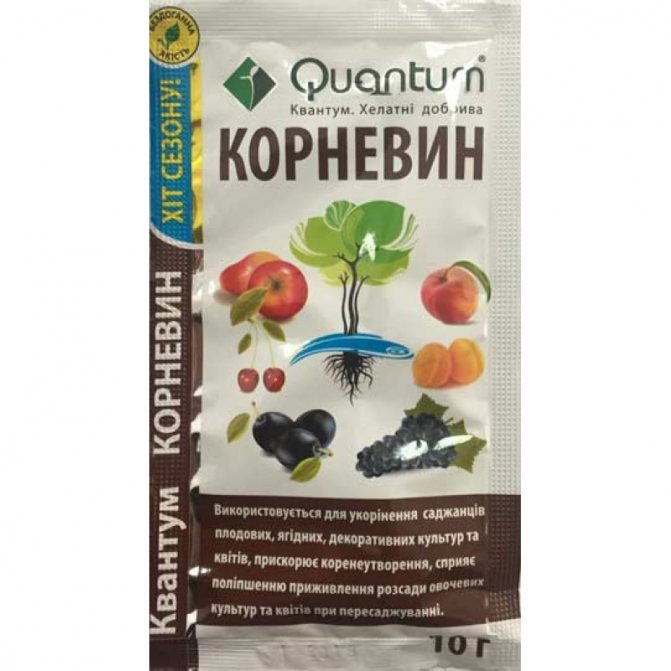

The drug “Kornevin”
Madagascar jasmine: care and cultivation at home
There are also folk remedies for this. For example, a solution of succinic acid (1 tablet per liter of water). The cuttings should be soaked in the composition for 30 minutes immediately before placing in the ground.
Interesting! If the planting material takes root in water, you can add aspirin there (5 tablets per 100 ml of water). Aloe juice is also a stimulant for growth processes. For rooting, you need to add 6-7 drops of juice squeezed from a ripe leaf to the water for rooting.


